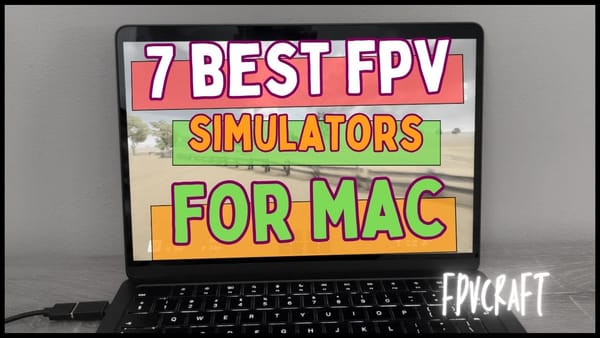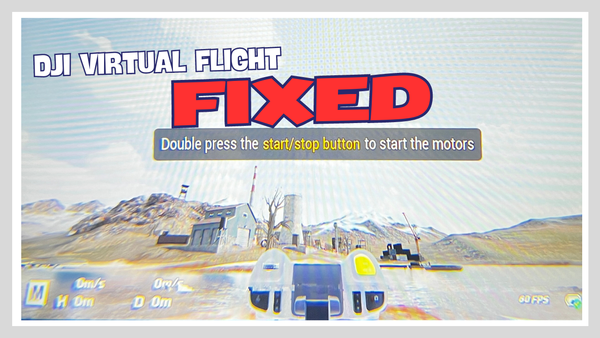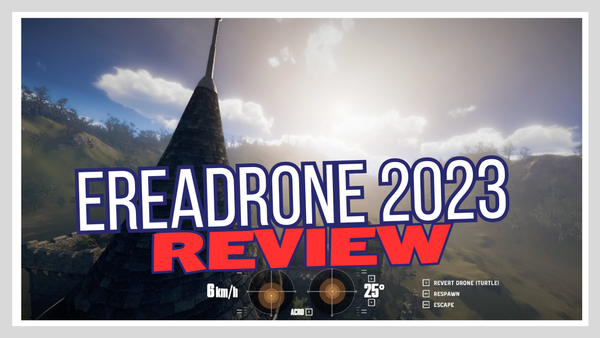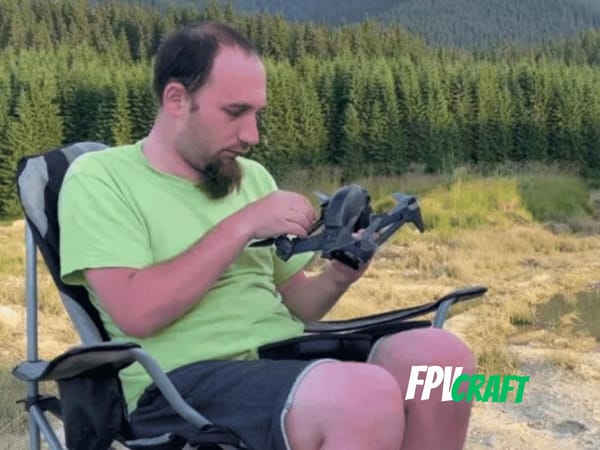What is the Best Liftoff Simulator Camera Angle to Learn FPV
Starting to practice in Liftoff Simulator for the first time may be challenging and confusing. The camera angle could influence your learning style. What's the best one?
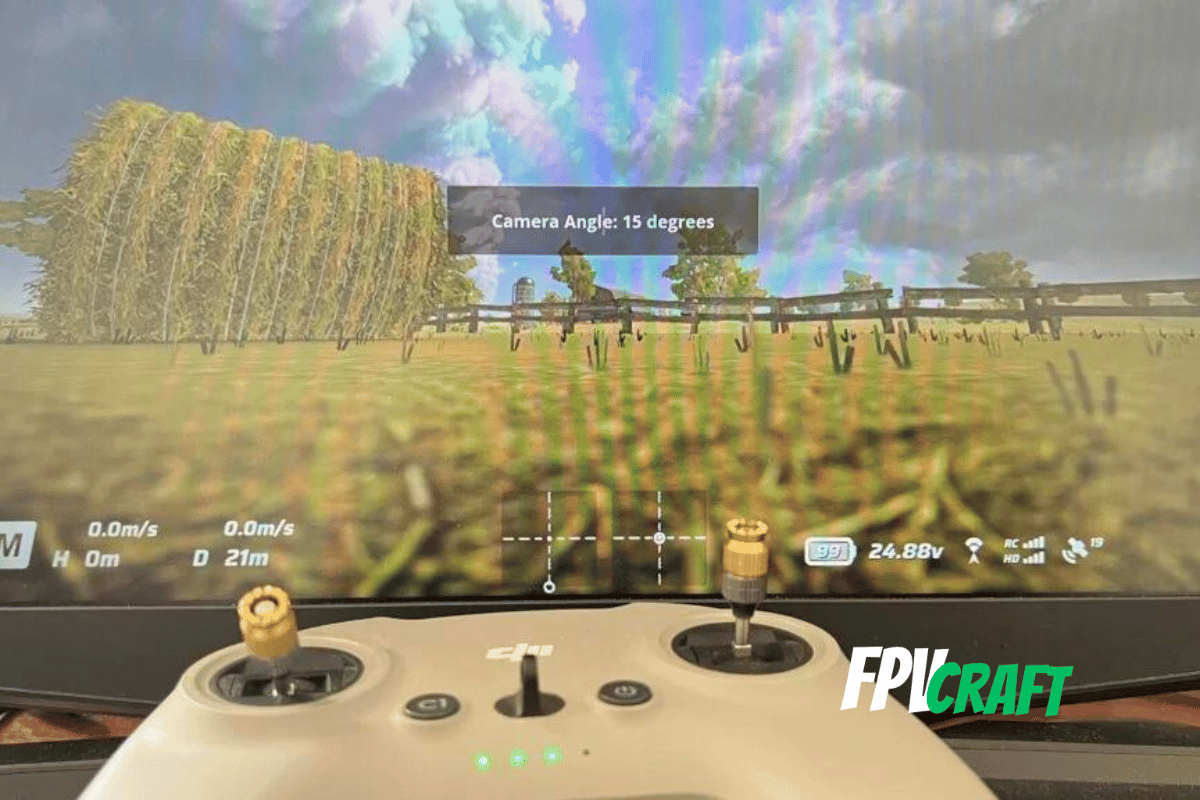
Liftoff Simulator is one of the most known and best ways to learn flying FPV drones. But things get a little more complicated, especially when we need to deal with some settings, including the camera angle.
What is the best liftoff simulator camera angle to learn FPV?
We can start learning FPV in Liftoff Simulator with a camera angle of 30 degrees and then adjust accordingly, more or less, depending on your flight type. Typically, FPV racing would benefit from a 45-degree angle in Liftoff, and cinewhoop, you can practice at around a 10-degree camera angle in Liftoff Simulator.
There are a few more data and ideas to share about the best camera angle to use in the Liftoff simulator and as well how to practice and learn with different camera angles.
Liftoff Simulator camera angle, in details
Learning to fly FPV drones is like learning to ride a bicycle. It may not be easy at the beginning, but once you get a hold of it, you are set.
You can keep practicing and become the “guy” with no issue.
FPV skills cannot be forgotten, such as riding a bike. But there are multiple types of FPV techniques, flight styles, and elements you can advance into
This will include learning to fly FPV at a specific camera angle.
Because with each camera angle, we have a different flight style. For this, it would be best to learn to fly at multiple camera angles and mainly focus on one.
Learning at different camera angles
It is best to start learning FPV in Liftoff Simulator and fly a custom drone with an FPV remote controller at a 25 to 30-degree angle.
Learn the basics, some acro, and fly as smoothly as possible.
Then is time for you to decrease or increase (and both) your camera angle.
For instance, I am not a racing guy in FPV; I am more like a cinematic (both slow and fast) and cinewhooping person.
In this case, my best approach is to decrease the camera angle for an FPV drone from 30 degrees to 25, then 20, 15, and eventually learn more at 10 degrees because of the cinewhoop flight style.
In many circumstances, I had practiced even at 0 degrees, allowing me to obtain a much better hover and control of an FPV drone.
And yes, because it is a simulator, why should you not practice in different camera angles to better learn multiple styles and flight methods?
» Related: Can you use DJI FPV Remote Controller with Liftoff Simulator?
Note: As a personal update, after dozen hours of training in both Liftoff and other simulators, as flying freestyle, I found a camera angle of 25 degrees to be a sweet spot to freestyle and perform free flights.
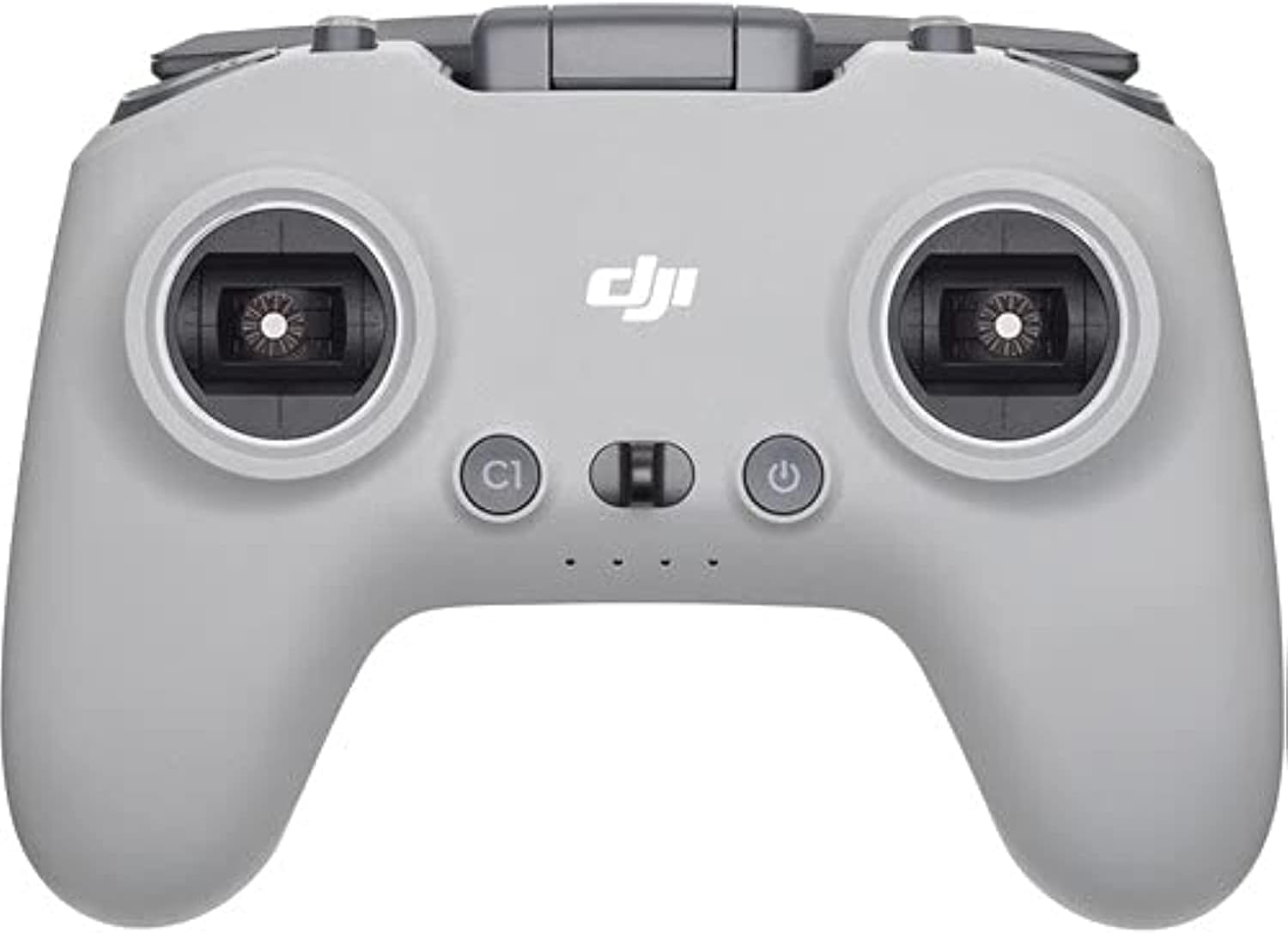
DJI FPV Remote Controller 2
The DJI FPV Remote Controller 2 is compatible with the DJI FPV drone, DJI Avata, and many FPV Simulators such as Liftoff, Velocidrone, DRL, etc.
This is an affiliate link. We earn a commission if you make a purchase, at no additional cost to you.
Focus mainly on learning your FPV primary style on a 70/30 method.
I do this, and learning to fly FPV drones in Liftoff at different angles became very efficient.
Your method of choice (for instance, acro, 30-degree camera angle) should be practiced 70% of the time spent in Liftoff, and the other 30% should be practiced at different camera angles.
This approach will train your brain to understand FPV in many more occurrences and have a complete cover of flying on all angle styles (from 0 to 45 degrees or more)
It’s exactly like you had learned to ride a bike. Why not as well a racing bike, mountain bike, maybe a dirt bike, and so on? I hope you understand the idea.
In practice, with my DJI FPV drone, for instance, I can easily swap between my flight styles and different angles without any issues because I have flown in liftoff hundreds of hours covering each angle aspect.
What is the best camera angle for an FPV drone?
Flying FPV in the Liftoff simulator may be slightly different from reality, but in my personal opinion, it is the most accurate simulator to learn FPV and transfer the skills in real life.
Therefore, I am using the following FPV camera angles in both the Liftoff simulator and real-life FPV:
- Racing: 45 degrees
- Freestyle: 25 to 30 degrees
- Fast cinematic FPV (cruising): 35 degrees or more
- Slow cinematic FPV (cinewhoop): 15 degrees or less
- Indoor flights (cinewhoop): 5 to 10 degrees
- Free flights: 20-35 degrees
- Experimental: 0 degrees
The above-mentioned camera angles are the best for each flight style, have been experimented with and studied in depth for a long time, and are approved by many FPV pilots.
You can read the following article I wrote to cover everything you need to know about the FPV drones camera angle.
What else do we need to know about the Liftoff simulator camera angle?
- Firstly, how do you change the camera angle in Liftoff Simulator?
It is simple: Use the UP & Down arrows to increase or decrease the FPV camera angle in Liftoff Simulator.
- Does the camera focal length in Liftoff affect your camera angle?
It does not affect how you control the drone at that specific camera angle you have set, but it does affect the perception of the surroundings, objects, horizon line, and current flight speed.
- Does the camera angle in Liftoff affects how you perform acro freestyle?
Yes, both in Liftoff and reality, the camera angle directly impacts how you perform freestyle and free falls. This is why 30 degrees is the best all-around for freestyle.
- What do free flights mean, and why does it have a specific camera angle in Liftoff?
Free flights are when you simply enjoy flying an FPV, both in Liftoff and reality, with no purpose in mind. I always found that free flights can do well between 20 degrees and a 35-degree camera angle, depending on the speed you want to achieve.
But, free flights can also be combined with slow cine-whooping, where it is better to have a camera angle in Liftoff and real-life scenario of about 0 to 15 degrees, typically around 5-10 degrees.
» Related: What is the Best DJI Avata Camera Angle?

